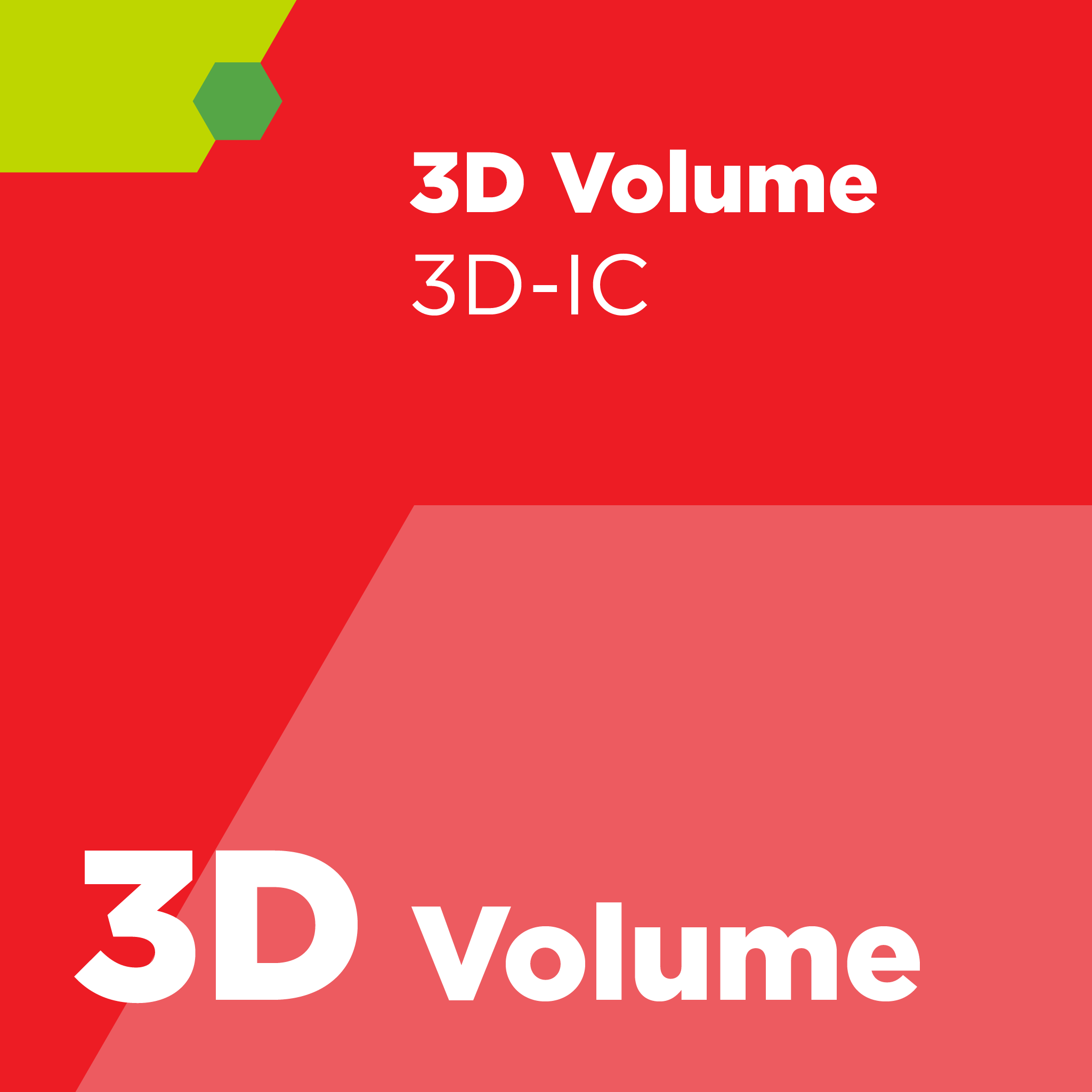
SEMI 3D21 - Guide for Describing Glass-Based Material for Use in 3DS-IC Process -
Abstract
With their unique properties and
features, non-silicon, dielectric materials have proven to be a valuable
alternative to silicon in the semiconductor and 3DS-IC packaging industry. Such
non-silicon substrates used as carrier wafers, spacers, interposers, MEMS, RF
devices, and lenses. However, until now, little information about the features
and characteristics of such base materials was available to the industry.
The
non-silicon base material can be further processed to a substrate, which may
have through vias, blind vias, and other shaped openings. With vias filled, the
substrate may become an interposer. Finally, such substrates may remain in the
package in a permanently bonded state or may be removed at the end of the
process, such as carrier wafers.
This
Guide closes the gap described above and serves as an umbrella document for
more specific specifications.
Thereby
this Guide enables and describes glass as a base material or substrate of
choice for the semiconductor industry.
This
Guide is about silicate based materials in their amorphous solid form:
Silicate
glass.
Quartz
glass or fusion silicate, which is silicate glass in its purest form.
This
Guide describes dimensional, physical, and thermal characteristics of glass as
a base material for use in semiconductor applications and 3DS-IC stacks.
The
glass base material may permanently remain in the package or device or it may
be removed after finishing the process.
The
glass base material may be processed further to a substrate with openings, such
as but not limited to through vias and blind vias.
The
glass substrate is in shape of a wafer (round) or a panel (square or
rectangular), but can be of any geometrical shape as specified.
If
present, the openings of the glass substrate may be intended to be further
processed with metal fillings.
Methods
of measurements suitable for determining the characteristics in the Guide are
indicated.
Referenced SEMI Standards
SEMI 3D2 —
Specification for Glass Carrier Wafers for 3DS-IC Applications
SEMI 3D11 —Terminology
for Through Glass Via and Blind Glass Via in Glass Geometrical Metrology
SEMI 3D12 —
Guide for Measuring Flatness and Shape of Low Stiffness Substrates
SEMI 3D16 —
Specification for Glass Base Material for Semiconductor Packaging
SEMI M59 —
Terminology for Silicon Technology
 |
Interested in purchasing additional SEMI Standards? Consider SEMIViews, an online portal with access to over 1000 Standards. |
Refund Policy: Due to the nature of our products, SEMI has a no refund/no exchange policy. Please make sure that you have reviewed your order prior to finalizing your purchase. All sales are final.

This product has no reviews yet.